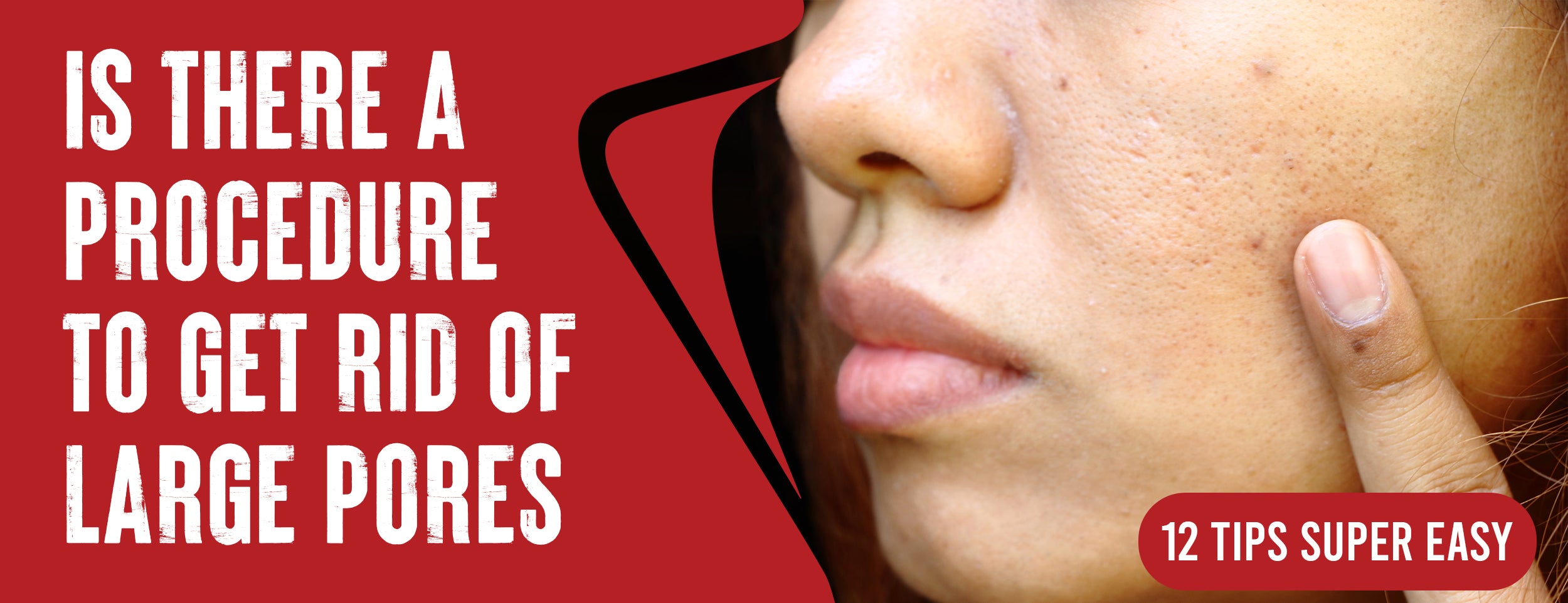With so many hair removal methods available, choosing which will work best for you can be overwhelming. Not only do we want our hair removal to be effective, but we also want it to be safe and painless.
Options to safely remove pubic hair at home include trimming, shaving, waxing, and eliminating creams.
In this blog post, we'll explore the various at-home and professional hair removal methods and pain management tips to make the process as comfortable as possible.
How Do I Get Rid of Hair in My Private Area: 5 DIY Methods
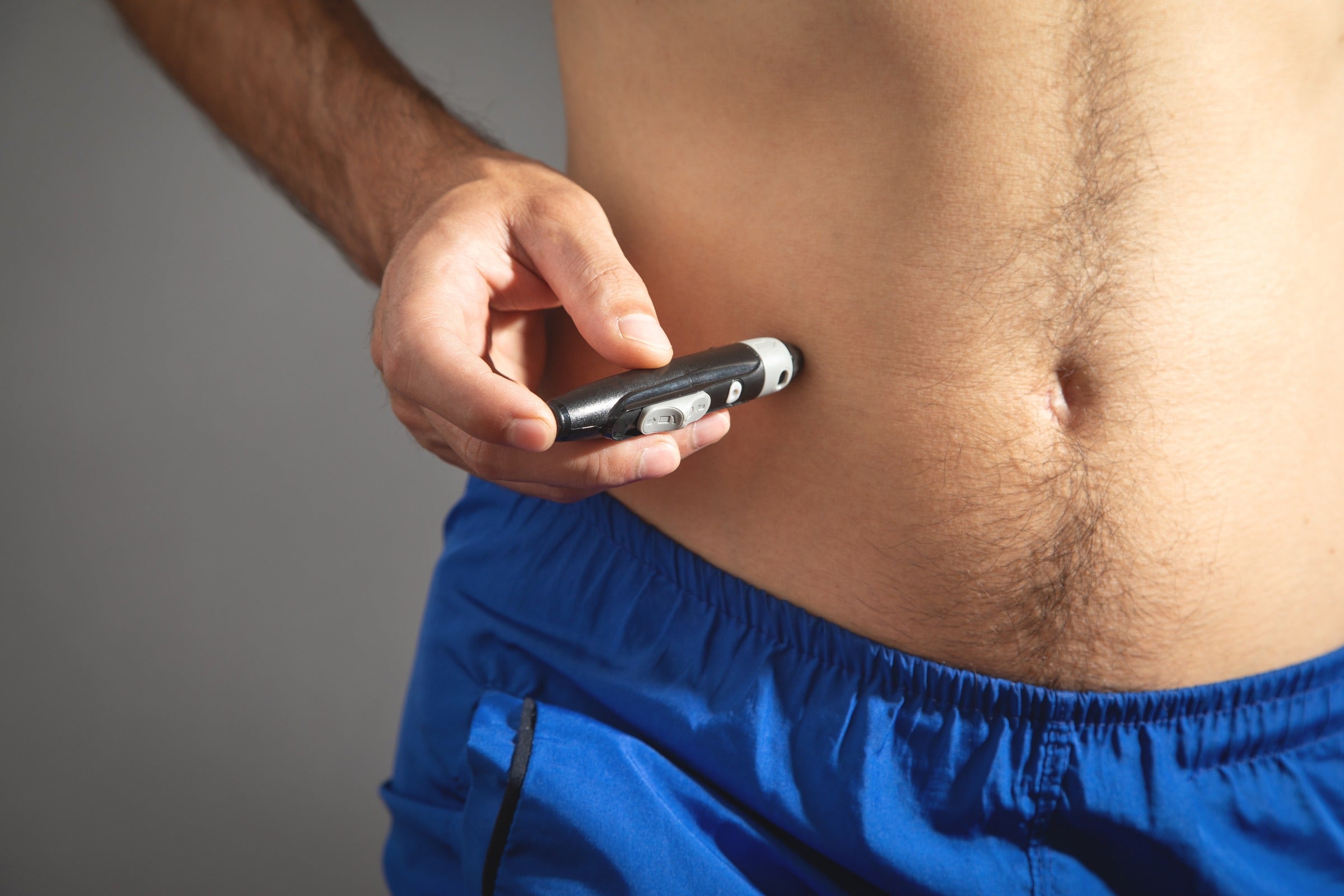
If you're looking for ways to get rid of hair in your area, consider some at-home hair removal methods available. Below are some options that you can try, along with the tools needed and steps to follow.
Trimming
Trimming is a popular method for people who want to keep their pubic hair tidy without removing it completely. It's a painless and easy way to keep hair growth under control.
Tools needed:
- Scissors or clippers.
- Comb.
Steps for trimming:
- Wash and dry your pubic area, and ensure it's free from oils or creams.
- Decide how long you want your hair to be and choose the appropriate guard for scissors or clippers.
- Start trimming slowly and carefully, following the direction of your hair growth.
- Take breaks to check your progress, and adjust the length of your hair as needed.
Shaving
Shaving is another standard method for removing hair from the pubic area. It's inexpensive, easy to do at home, and provides a smooth, hair-free result.
Tools needed:
- Razor.
- Shaving cream or gel.
- Clean towel.
Steps for shaving:
- Trim the hair down to a manageable length using scissors or clippers.
- Hop into the shower for 5-10 minutes to soften the hair and skin.
- Lather the shaving cream or gel onto your pubic area and wait a few minutes.
- Shave slowly and carefully toward your hair growth, using a light touch.
- Rinse your razor frequently, and use a clean towel to pat your skin dry.

Waxing
Waxing is a more long-term method for removing hair from your private area. It's more challenging at home but provides a longer-lasting result than shaving or trimming.
Tools needed:
- Wax strips or hot wax.
- Wax warmer.
- Spatula.
- Baby oil or wax remover.
Steps for waxing:
- Heat the wax using a wax warmer or following the instructions on the package.
- Use a spatula to apply the wax toward the hair growth in the pubic area.
- Place a wax strip over the wax, and press it firmly.
- Pull the wax strip in the opposite direction of hair growth using a quick, swift motion.
- Repeat until all the hair is removed.
- Use baby oil or wax remover to remove any leftover wax.
Hair Removal Creams
Hair removal creams are a painless option for hair removal. While they are easy to use, they may not be as effective as other methods.
Steps for using creams:
- Apply the cream generously onto your pubic area, ensuring all the hairs are covered.
- Wait for the recommended time (usually around 5-10 minutes).
- Use a cotton ball or towel to wipe the cream off and the hair.
- Rinse your pubic area with warm water and pat it dry.
Tweezing
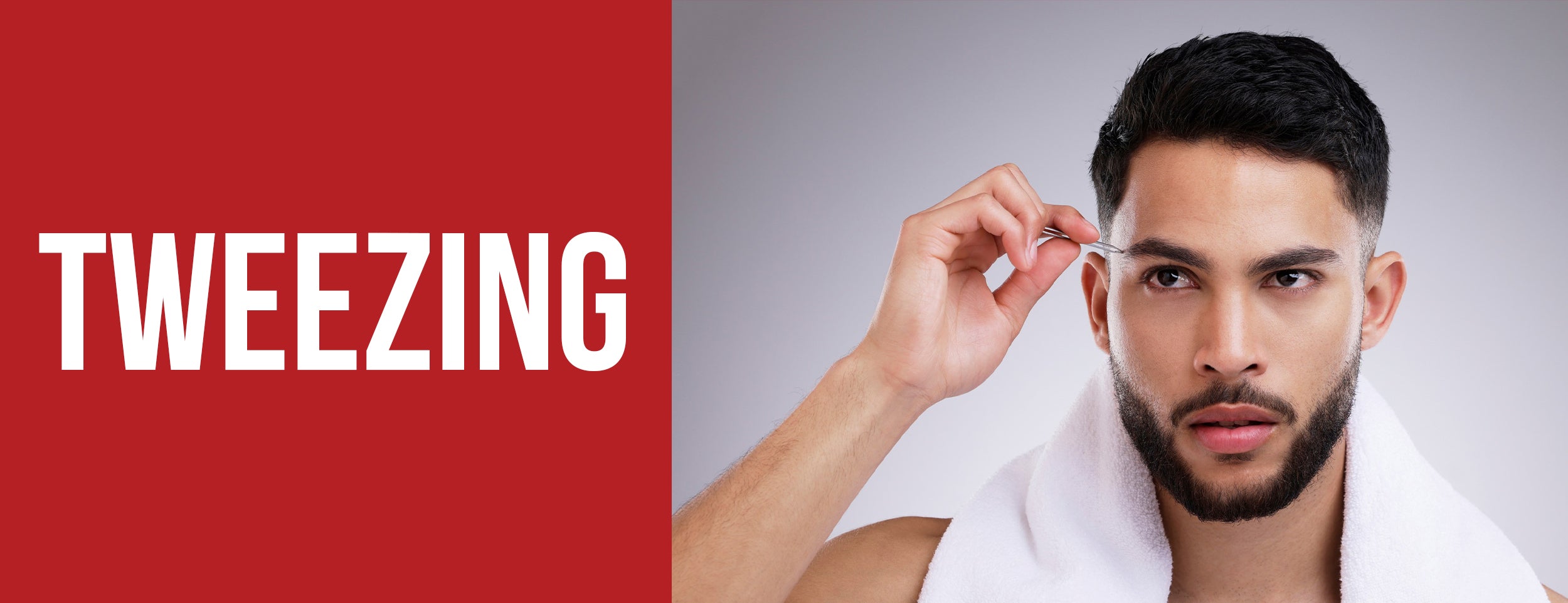
Tweezing is a time-consuming method for shaving your legs, but it provides a more precise result than other methods. It's best used for removing stray hairs or shaping your eyebrows.
Tools needed:
- Tweezers.
Steps for tweezing:
- Clean and dry the pubic area with warm water.
- Isolate the hair you want removed, and grip it firmly with the tweezers.
- Pull the hair out toward growth quickly and swiftly.
- Remove all the hair by repeating this step and taking breaks as needed.
Hair Removal in My Private Area: 3 Professional Methods
Professional hair removal methods are your answer if you want a more permanent solution. We will discuss three professional hair removal methods - waxing, electrolysis, and laser hair removal - and which may suit you best.
Waxing
Waxing involves removing hair from the skin using hot wax and a strip of cloth. Before getting waxed, there are a few precautions that you should take:
- Avoid sunbathing or tanning before the waxing session, as this can make the skin more sensitive.
- Exfoliate the skin a few days before the session to remove dead skin cells that may interfere with waxing.
- Avoid shaving before the session, as it can make the hair too short to be removed by the wax.
During a waxing session, you can expect the following:
- The wax will be heated to a comfortable temperature and applied to the skin using a spatula.
- A cloth strip is then applied over the wax and quickly removed to remove the hair.
- The process is repeated until all the desired hair is removed.

Electrolysis
Electrolysis is a hair removal method using a thin, sterile probe inserted into each hair follicle. An electrical current is then applied to the follicle, which destroys the hair cells and prevents regrowth. Electrolysis is a highly effective method of hair removal and is suitable for people of all skin and hair types.
How Electrolysis Works:
- A small, thin, sterile probe is inserted into each hair follicle.
- An electrical current is applied to the hair follicle to destroy the hair cells.
- The hair is then removed from the follicle using tweezers.
- It is repeated until all unwanted hair is removed.
Who Is a Good Candidate for Electrolysis:
- Electrolysis works on all types of skin and hair.
- It is a highly effective hair removal method for stubborn or dense hair growth.
- It is also an ideal choice for sensitive skin, as it is a gentle and non-invasive hair removal method.
Laser Hair Removal

Laser hair removal is a modern and highly effective method that uses a concentrated beam of light to target and destroy hair follicles. Laser hair removal is popular for those seeking long-term hair removal solutions.
How Laser Hair Removal Works:
- A concentrated light is directed onto the skin, which targets and destroys the hair follicles.
- The heat from the laser light destroys the hair follicles, preventing regrowth.
- Repeat the process until all unwanted hair has been removed.
An Ideal Laser Hair Removal Candidate:
- Laser hair removal suits all skin and hair types.
- It is effective for people with dark hair and fair skin, as the laser targets the pigments in the hair follicles.
- It is also ideal for people looking for long-term hair removal.
Private Area Hair Removal: Pain Management Tips
Suppose you're looking for hair removal in your private area. Pain management is essential, whether opting for at-home hair removal methods or seeking a professional service. We'll look at some practical pain management tips to help you achieve a smoother, hair-free result without discomfort.
Pain Management Tips for At-Home Hair Removal
When it comes to at-home hair removal, there are several different methods, including shaving, waxing, and using depilatory creams. Here are some pain management tips to keep in mind:
- Exfoliate first: Before you start any hair removal method, it's essential to exfoliate the area first. This can help remove dead skin cells, make it easier to remove the hair and reduce the risk of ingrown hairs.
- Use a numbing cream: If you're particularly sensitive to pain, applying a numbing cream to the area before you start can help reduce discomfort.
- Take a warm bath or shower: Before you start, a warm bath or shower can help relax your muscles and make the hair removal process less painful.
- Use a sharp blade: If you're shaving, use a sharp blade, as a dull one can pull at the hair and cause more discomfort.
- Apply an ice pack: After you've finished, applying an ice pack to the area can help reduce any soreness or inflammation.

Pain Management Tips for Professional Hair Removal
If you're opting for a professional hair removal service, such as laser hair removal or electrolysis, you should consider:
- Ask about numbing cream: Many professionals offer numbing cream or other pain management options to help make the process more comfortable.
- Wear loose clothing: After your treatment, loose clothing can help prevent rubbing or irritation of the treated area.
- Avoid sun exposure: After specific treatments, such as laser hair removal, it's essential to avoid sun exposure for some time as the skin may be more sensitive.
- Take painkillers if necessary: If you experience discomfort after your treatment, taking over-the-counter painkillers, such as paracetamol or ibuprofen, may help.
- Follow aftercare instructions: The professional providing your hair removal service will give you specific aftercare instructions, such as avoiding hot baths or showers for a while. Following these can help reduce discomfort and ensure the best results.
Conclusion
Private area hair removal can be daunting, but with the correct information and tools at your disposal, it doesn't have to be. This blog post has provided a comprehensive guide to safely and effectively removing unwanted hair, whether you opt for an at-home method like shaving or waxing or a professional treatment like electrolysis or laser hair removal.
Precautions should always be taken before attempting any hair removal method. Feel free to seek professional assistance if you are unsure or uncomfortable. With these tips and tricks in mind, we're confident you'll be able to achieve the smooth, hair-free results you're looking for.

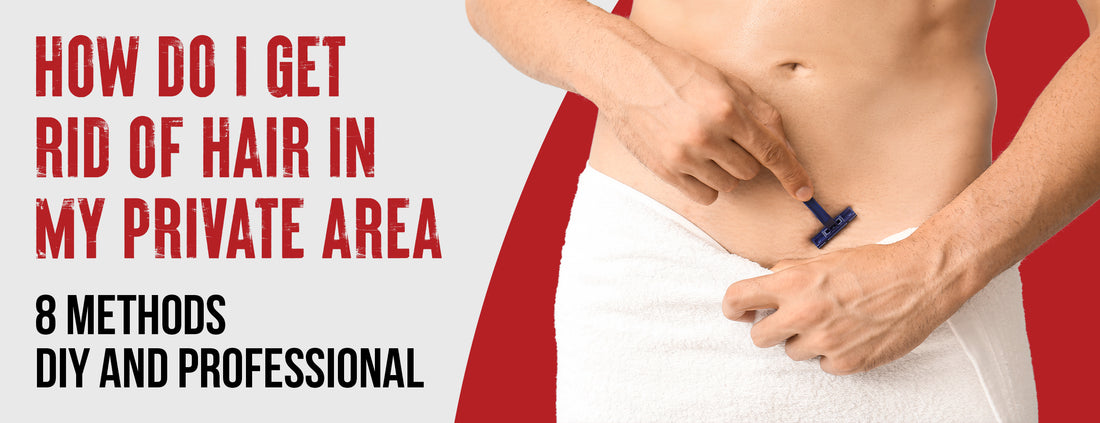


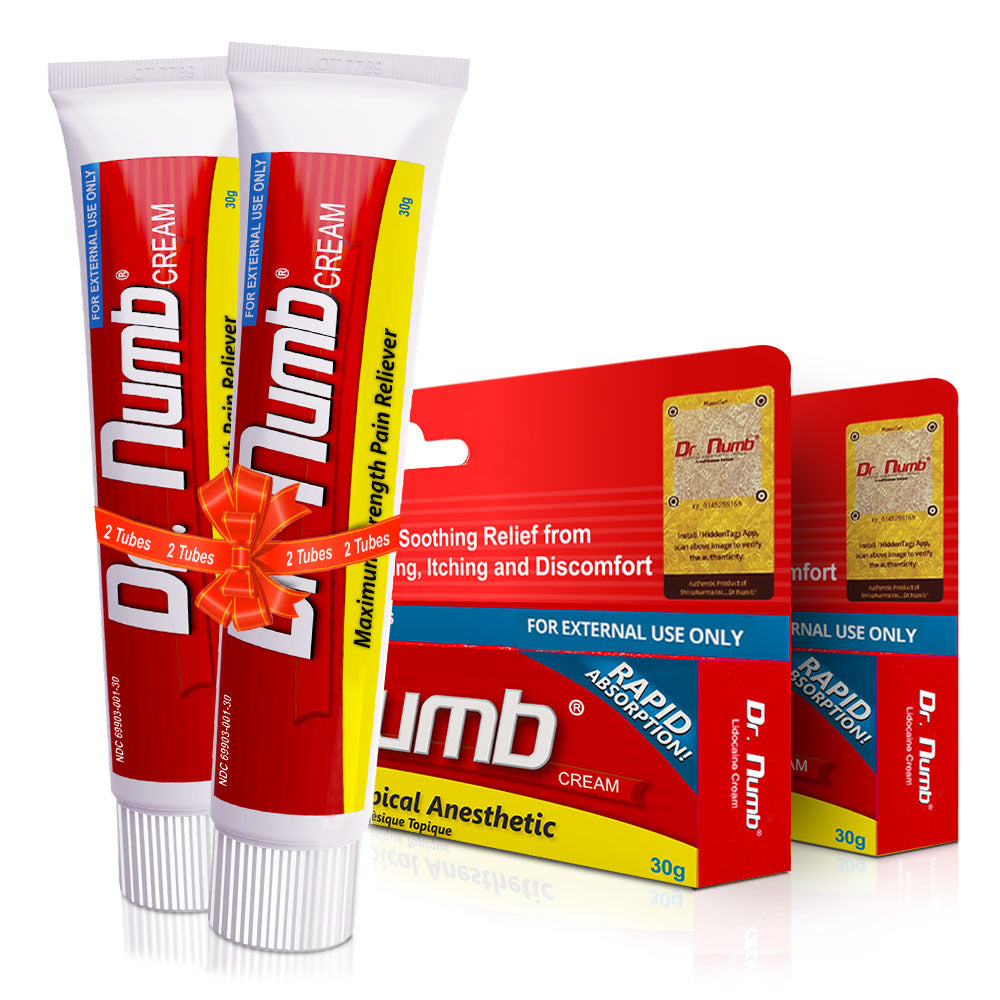

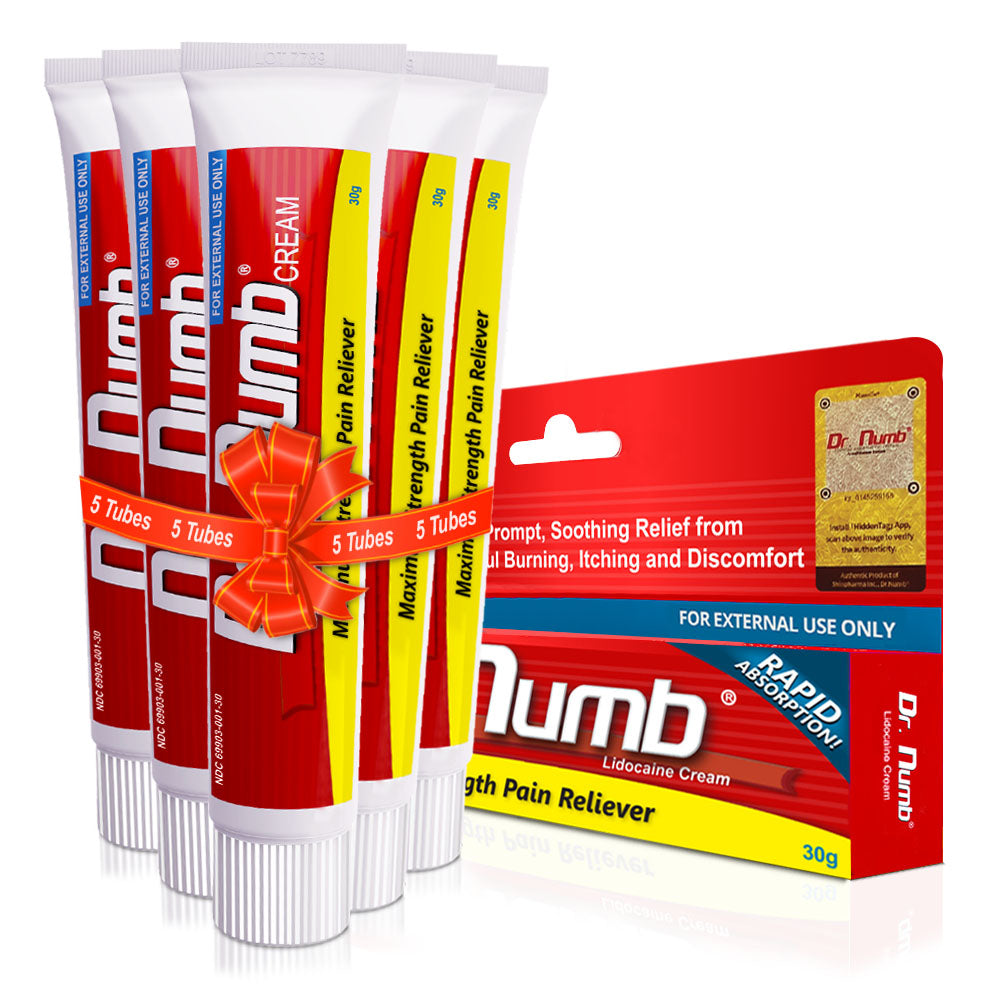
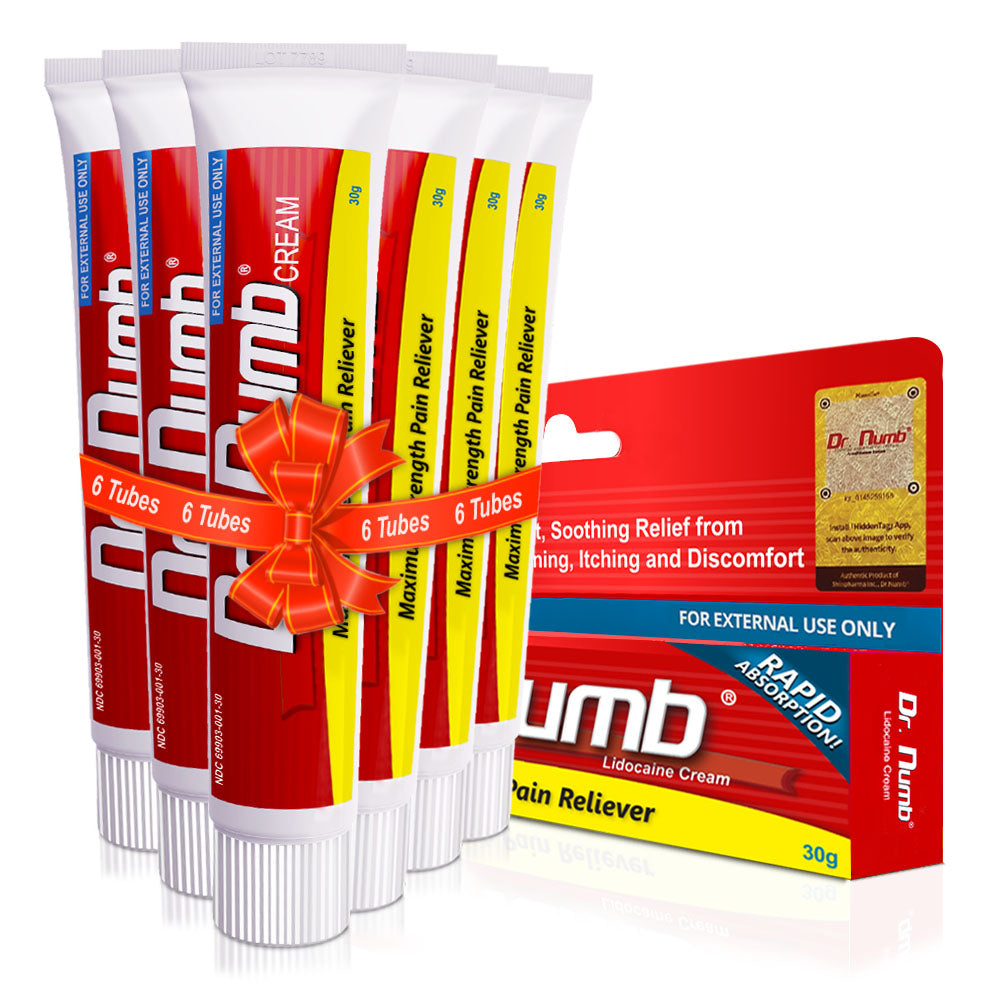
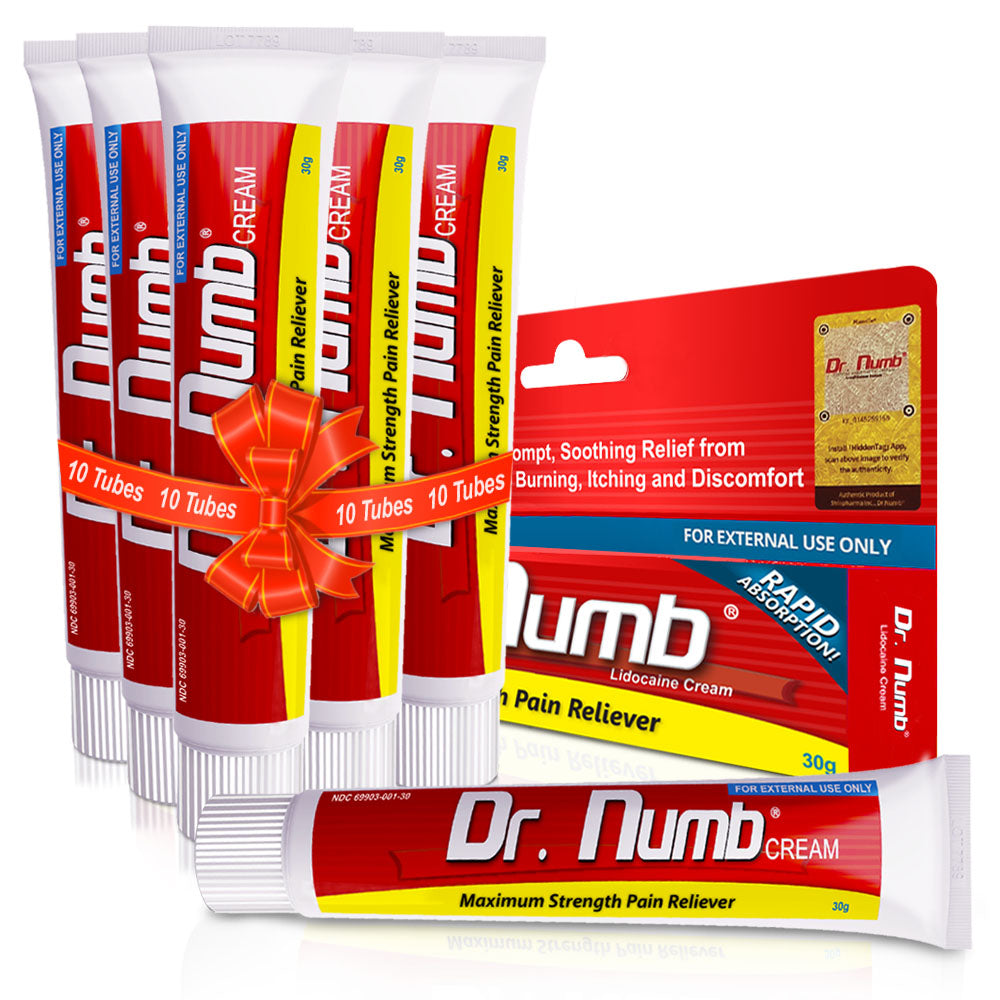
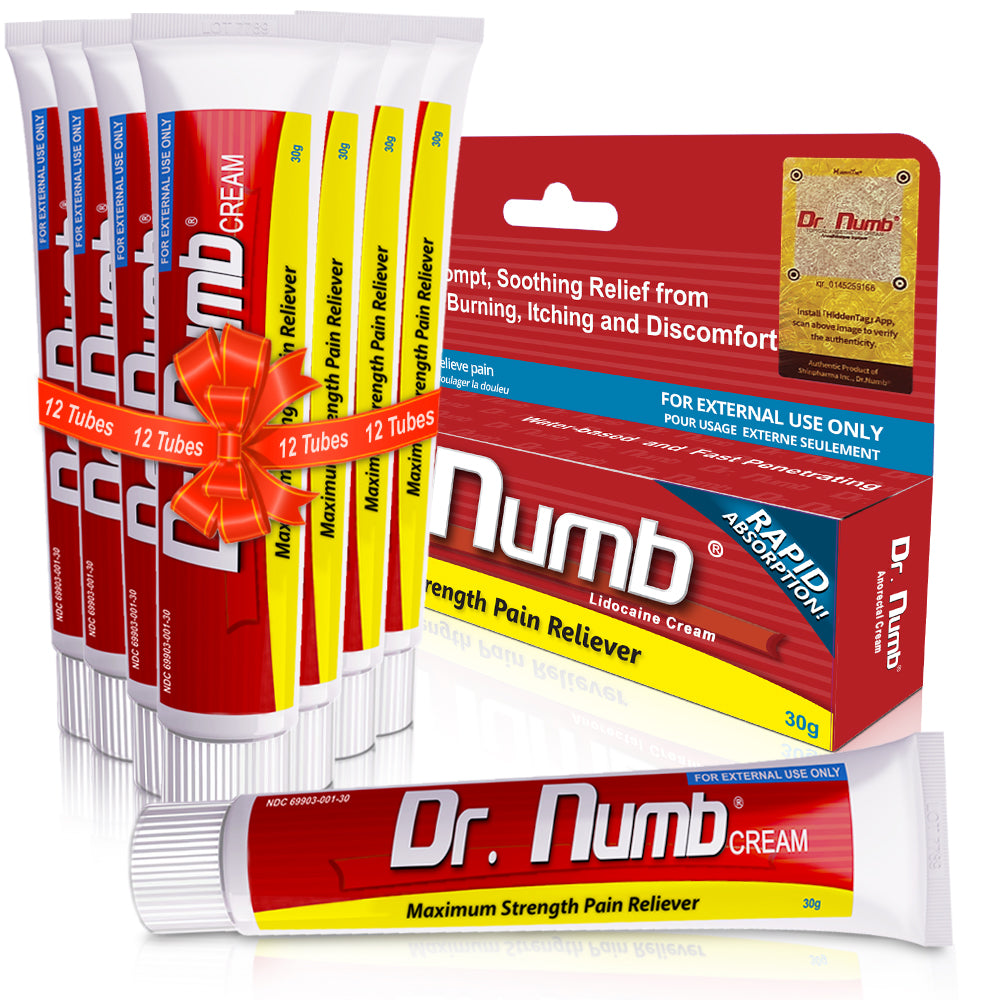





![The Cost of Full Body Electrolysis: 4 Factors and 5 Costs [with 3 Alternatives]](http://drnumb.com/cdn/shop/articles/How_Much_Is_Full_Body_Electrolysis_4_Factors_Cost_Efficiency.jpg?v=1713417391)
![The 6 factors that cause scarring [7 tips to prevent and manage it]](http://drnumb.com/cdn/shop/articles/Does_Electrolysis_Cause_Scarring__5_Reasons_7_Prevention_Tips.jpg?v=1713357293)
